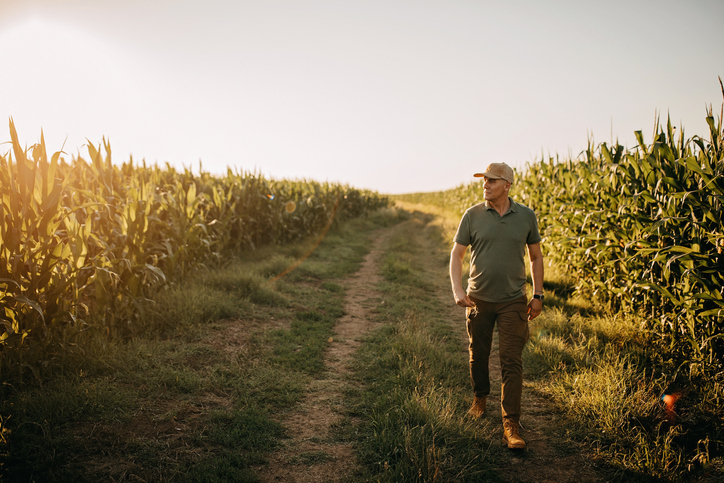
Rural health systems are met with certain obstacles that their suburban and urban counterparts evade, said Dr. Joanne Conroy, Dartmouth Health’s president and CEO, during a recent interview after her panel session at Reuters’ Total Health conference in Chicago.
Dartmouth is the most rural academic medical center in the country because it only has 170,000 patients within a 30-mile radius, according to Dr. Conroy. The health system serves patients all across rural New Hampshire and Vermont, all the way up to the Canadian border.
Higher poverty rates
The biggest health equity issue in rural America is poverty, Dr. Conroy said. Though poverty affects Americans across the country, poverty rates are higher in rural areas than they are in urban areas.
In 2019, 15.4% of rural Americans had an income below the federal poverty line, while the poverty rate among those living in urban areas was 11.9%, according to the Department of Agriculture Economic Research Service.
Dr. Conroy pointed out that poverty is a problem that negatively impacts peoples’ social determinants of health and leads to worse health outcomes. Those struggling with poverty often have less access to healthy food, stable housing and reliable transportation.
Extra trouble attracting workers
Rural health systems have an exceedingly difficult time recruiting employees to work at their facilities, according to Dr. Conroy.
“Think about it — you’re a young nurse and you finished nursing school at age 23 or 24. And you’re living in a town where they roll up the sidewalks at about 9:30 at night? It is really hard to create the stickiness you need to keep that nurse for 40 years,” she said.
Dr. Conroy argued that rural health systems might be able to bring more workers into their hospitals if they move away from traditional clinician training models. She pointed out that the U.S. healthcare system still trains its clinicians like it did “100 years ago.”
For example, physician residencies take years, and nurses go through orientation trainings that can take several months to over a year.
“If you’re going to be a surgical technician in an operating room, it’s 11 months of training,” Dr. Conroy said. “We’ve just got to figure out how we’re going to train people faster. And that really challenges a very, very old legacy model about how we train people, and that even applies to physicians. I heard somebody say ‘If you can train a 26 year-old to land a jet on an aircraft carrier in less than 18 months, Why does it take as long for a nursing position?’”
Geographic vastness
Dartmouth covers a “gigantic” swath of land, Dr. Conroy declared. She said that its visiting nurse and hospice group covers more geography than any other provider in New England.
“When we think about trying to deliver care and innovative ways of delivering it in people’s homes, we’re talking about six miles down a gravel road — and often without broadband access,” Dr. Conroy said.
The vastness of rural America means that hospital-at-home and remote patient monitoring programs aren’t always viable ways to effectively treat patients. Dr. Conroy pointed out that a challenge like that is unique to rural health systems, and rural providers across the country should come together to devise solutions that are tailored to the specific needs of their patients and communities.
Photo: supersizer, Getty Images















